Eiffel Tower Replicas.
To see the Eiffel Tower, it turns out you don’t have to go to Paris. There are plenty of replicas around the world, in many cities named Paris.
There’s this one in Paris, Texas, that is trying to build a taller Eiffel Tower than Paris, Tennessee. The Texas one has a cowboy hat on it to symbolize Texas better.
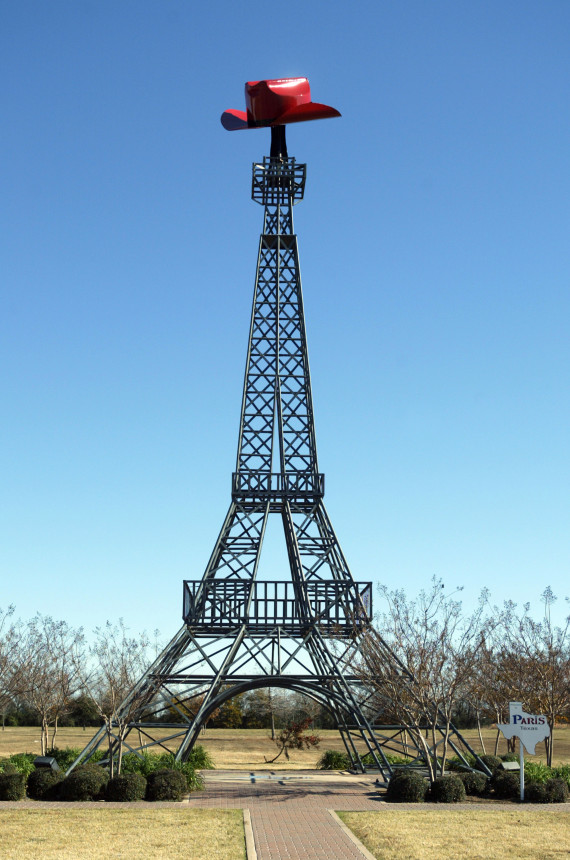
Then, we have the famous Eiffel Tower at the Paris Las Vegas hotel and casino. Given how bright it is at night, it has become an icon for the city.
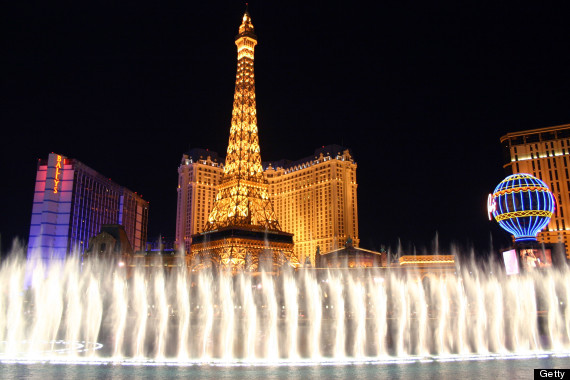
Road of Bones: The Siberian Highway
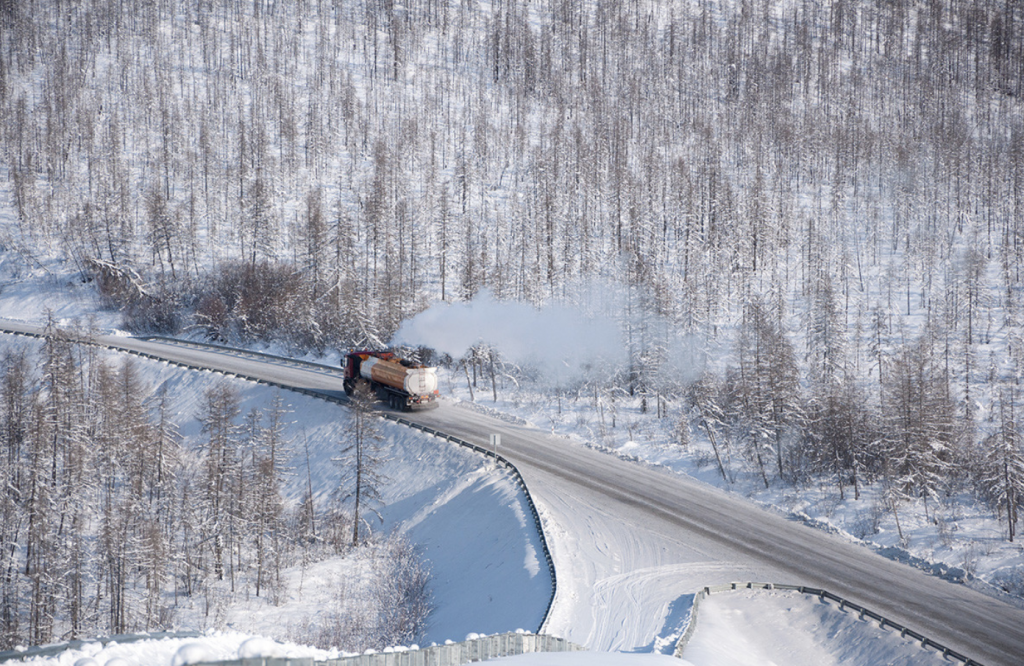
In order to reach the most Eastern city of Russia connected by road, Magadan, one has to travel along a legendary road. The path there is desolate, isolated, eerie, yet seemingly beautiful. In the swampy summer, the road is gravel and mud. But the history is far darker: there’s a reason why it is called the Road of Bones. The Kolyma Highway was built during a depressing time of Russia’s history. Stalin was in charge, and gulags were happening. To build this road, thousands of prisoners were sent to the Far East as slave labor.
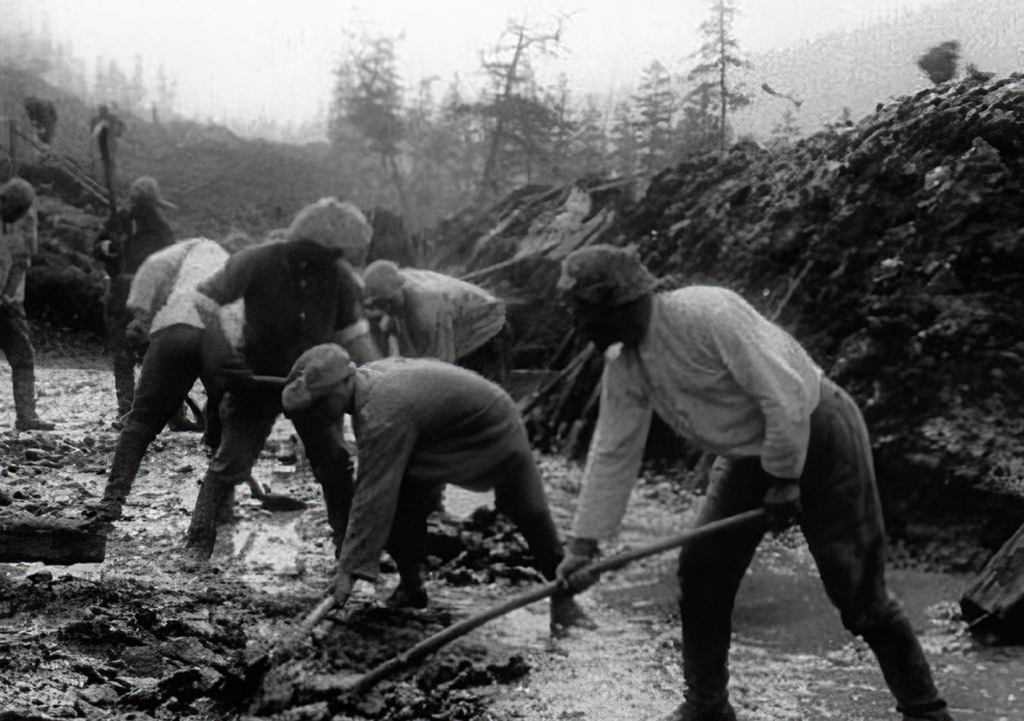
A million prisoners trudged and constructed under brutal conditions. With so many dying to create this highway, this highway became known as “The Road of Bones.” The harshest Gulag camps were located here, up in the Northeast of Siberia. Temperatures regularly reached -50 C, yet prisoners still had to work outside. Proper clothing was rare, and frostbite was very common.
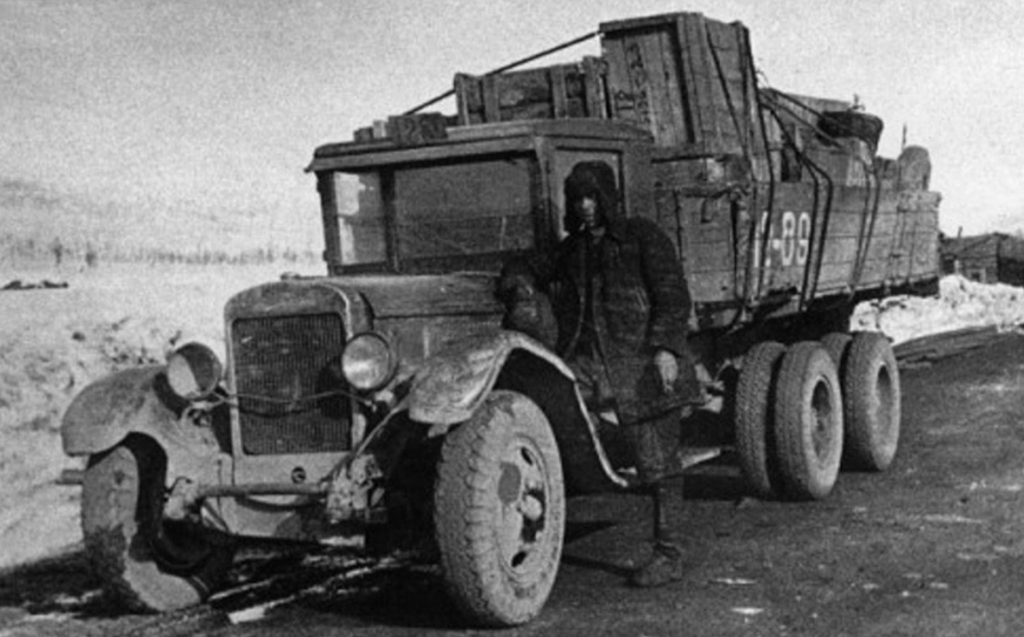
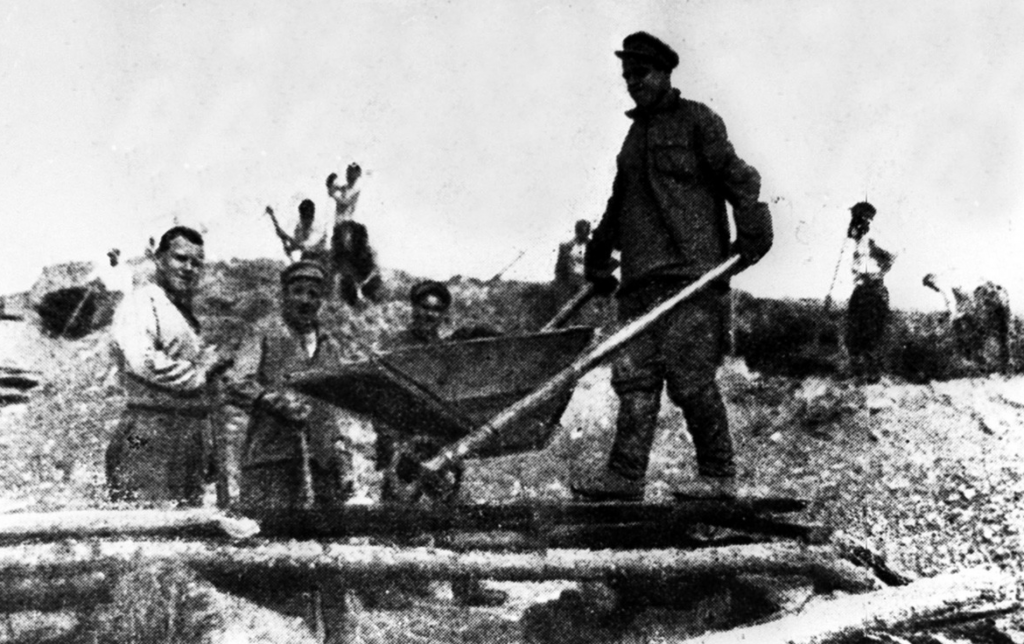
The road is traversable usually during the winter, when it’s covered in mud. During a wet summer, the mud makes any travel impossible. The place is so cold that in winter, car engines are never shut off to prevent the engine oil from freezing. If the car is shut off, the engine may never start again.
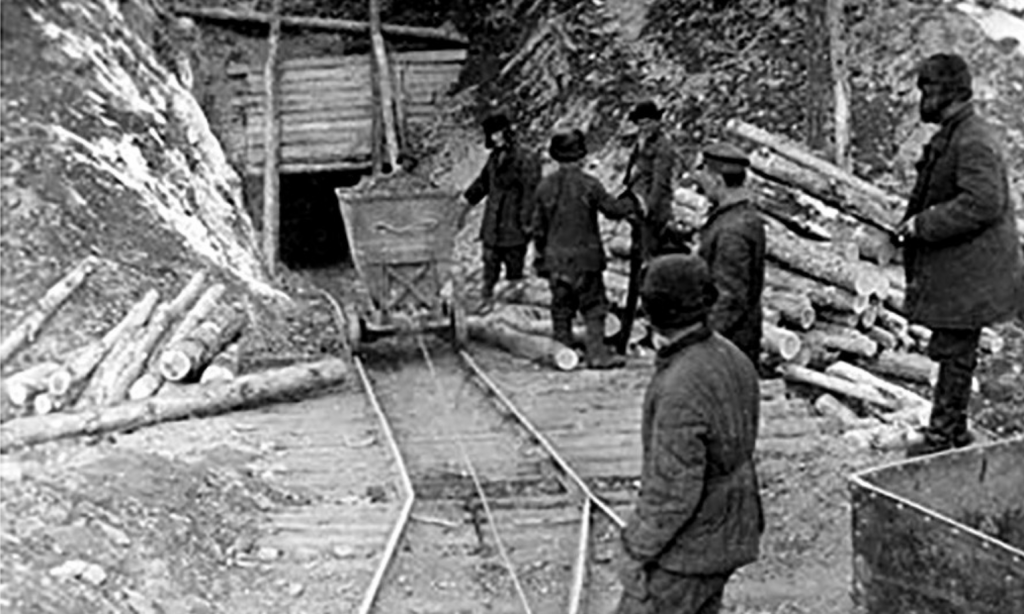
Guzeva A. The horrors of the USSR’Guzeva, A. (2020, November 24). The horrors of the USSR’s ‘Road of bones’ (photos). Russia Beyond. Retrieved from https://www.rbth.com/history/333033-road-bones-kolyma-gulag.
Mount Everest, A Tourist Destination

When Mount Everest was first climbed back in 1953 when Sir Edmund Hillary and Tenzing Norgay, it was a remarkable achivement. It was seen as the pinnacle of human achievement. Since then, six decades later, climbing Mount Everest is not what it used to be. Mt Everest is being overrun with tourists. Back in 1996, Everest experienced its deadliest disaster ever. Eight people died in a storm, with eleven that year. Why did so many perish on the mountain. Many were unskilled and inexperienced climbers looking for adventure. Before the 1990s, climbing Everest was mainly reserved for the best and most skilled climbers since permits were rare to obtain. But after 1993, commercial expeditions to Everest began. Experienced mountain climbers acted as guides and with more precise weather tracking, it became more and more easier to summit Everest. This has led to larger groups of climbers attempting to summit.

Overcrowding has become a serious situation on Everest as bottlenecks at difficult points make it difficult to climb. Climbers are literally queuing up. To climb Everest these days, it costs $70,000 and two months. But with many climbing agencies operating in the region, many inexperienced climbers attempted to summit. This overcrowding has sadly made Everest into a tourist destination.
Bogage J. How Mount Everest became a tourist destination [Internet]. The Washington Post. WP Bogage, J. (2019, May 31). How Mount Everest became a tourist destination. The Washington Post. Retrieved from https://www.washingtonpost.com/sports/2019/05/31/how-mount-everest-became-tourist-destination/.
The world’s best restaurants, according to a tire company
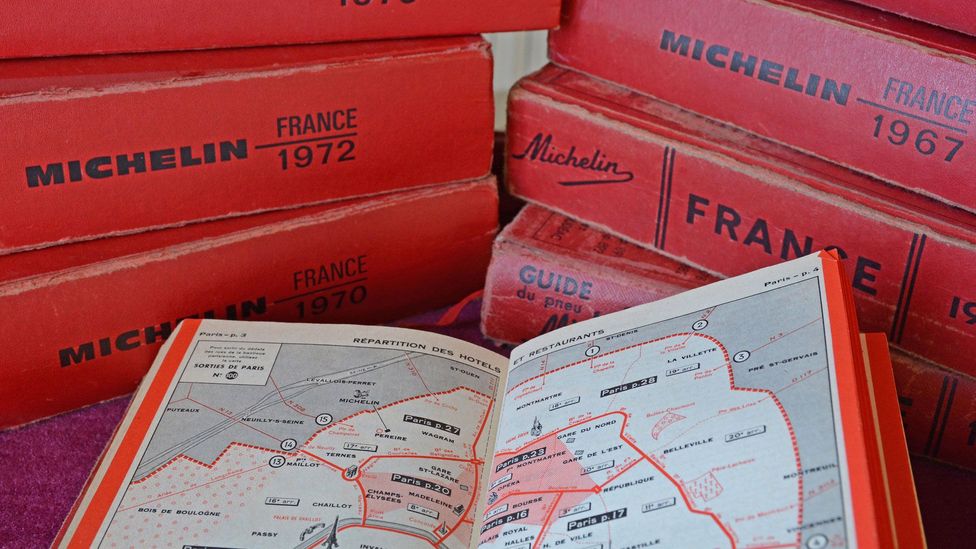
The Michelin Guide and Michelin Tires. Both are produced by the same company. Possibly the world’s most prestigious award for restaurants are given by the same people who create the wheels for your car. So how did a tire company become the premier expert of fine dining. Back in 1900, the Michelin Tire company was hoping that consumers would travel more, which would create an increase for their tires.
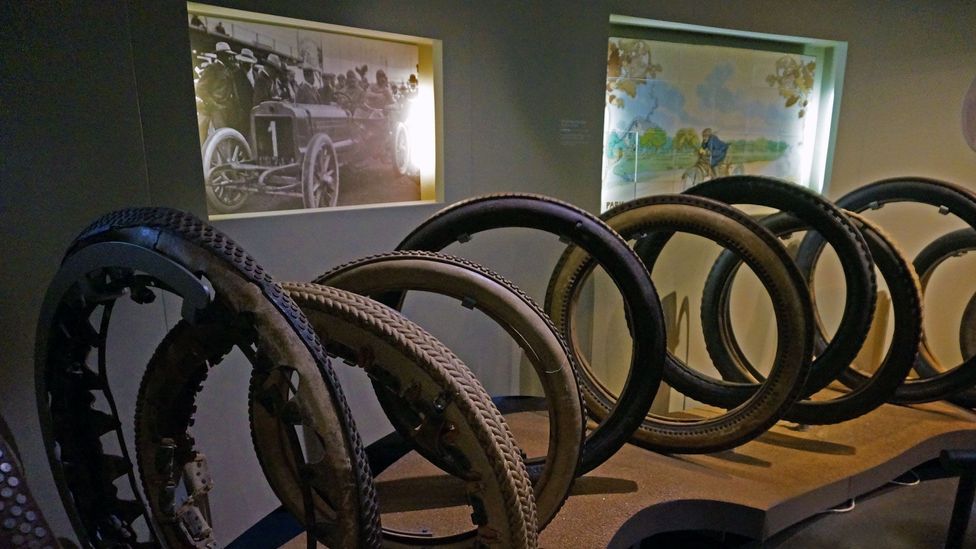
To persuade the consumers, the company came up with the idea of a food guide on what restaurants to visit when travelling. Guides about the best hotels were also given out.
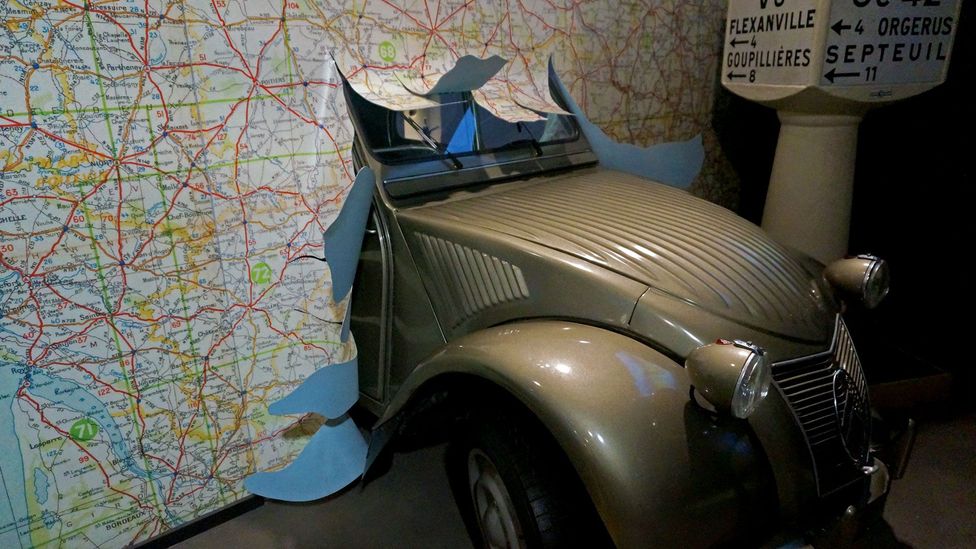
By the 1931, the current system was introduced where restaurants are awarded one to three stars based on its quality. To make sure the food is up to standard and to award or take away stars, Michelin sends out inspectors.
These inspectors are possibly the most secretive people in the dining industry. They are barred from speaking to journalists, and do not take notes whilst eating to avoid detection.
Isalska, A. (2018, October 25). The ingenious story behind Michelin stars. BBC Travel. Retrieved from https://www.bbc.com/travel/article/20181024-the-ingenious-story-behind-michelin-stars.